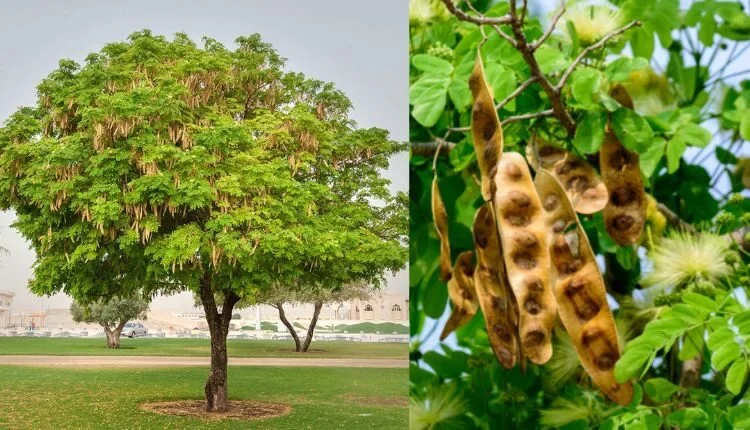Siris tree is very useful, know how farmers can earn profit from the cultivation of Siris
Black and deep loamy soils suitable for cultivation of Siris
On the side of the road, you will often see a shade tree with small leaves of medium size, it is the Siris tree, about which is not much known to the people. Everyone knows the benefits of neem tree, but do you know that medicinal properties are found in the flowers, bark, seeds, leaves and roots of the Siris tree? It is used in making many medicines. Farmers can earn extra income by planting it on the bunds of the field. Also, as animal feed, it is also nutritious food for animals. Siris tree is very shady, so it is planted for shade in tea/coffee gardens. The scientific name of Siris is Albizia lebbeck.

Siris tree – Climate and Soil
The Siris tree thrives well in hot and dry climates. In areas where the temperature is 48-52 degrees in summer and normal in winter, that is, not very cold, Siris trees grow well in such climates.
Black and deep loamy soils are suitable for cultivation of Siris. It is also necessary to have proper drainage system for the cultivation of Siris, only then their size is large. There are many varieties of Siris, but the most commonly used are Red Siris, Black Siris and White Siris.

Flower and Pod development
White and yellow flowers start appearing in the month of April-May. By August the pods also develop. By October, the colour of the beans is green. It turns yellow by the end of October or November. The beans are ready for ripening in January-February. At this time they can be broken by removing the seeds and kept dry in the sun. After treating these seeds with insecticidal chemicals, keep them in an air tight container.
Cultivation of siris
Although the Siris beans dry up on their own, the plants grow where they fall, but you can also cultivate it by preparing its seedlings. For this, plant its seeds in a plastic bag in February-March. Plant two seeds in a plastic bag and when they sprout, carefully remove them and put them in another plastic bag. Along with irrigation, do weeding and hoeing from time to time. The seedlings are ready by July-August, then it can be planted in the fields.

Nutritious feed
Siris leaves are also used as nutritious fodder for livestock. Its leaves contain protein, fibre, calcium, nitrogen, phosphorus, cellulose, silica, etc. It should be planted at a distance of 6 by 6 and 8 by 8 metres. Keep pruning it from time to time. From this, 40-50 quintals of nutritious dry fodder can be obtained from one hectare.
Wood is valuable
Siris woods are very precious and important. From making paper, furniture to making other decorative items of the house, its wood is also used for making windows, doors, door frames and beams in houses. Siris wood is also used for making handles and carvings for tennis rackets.
Siris leaves also act as a great fertilizer. In such a situation, the soil will become fertile by applying it on the edges of the field. Its leaves fall down and rot and become excellent manure.
Also Read: Good income on barren land with Ashwagandha Cultivation
Contact us: If farmers want to share information or experiences related to farming with us, then they can do this by calling us on the phone number 9599273766 or by writing an email to [email protected] or by sending your recording. Through Kisan of India, we will convey your message to the people, because we believe that if the farmers are advanced then the country is happy.



